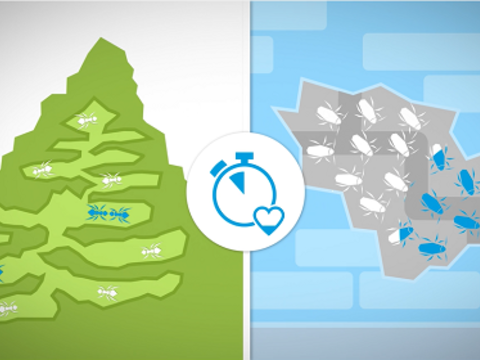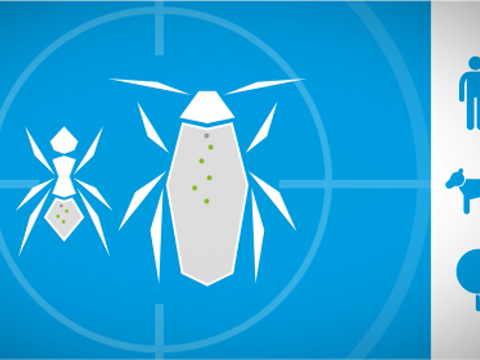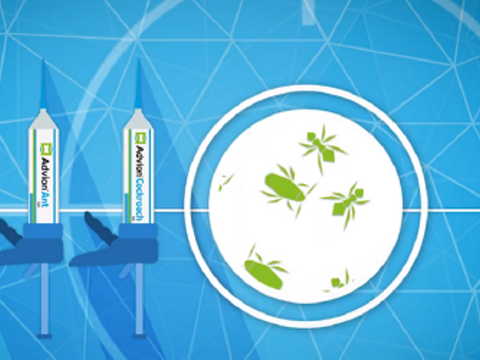Talking Pest Control: The Cost of a Call-Back

We all know that getting a call-back on a job is part and parcel of being a pestie, but have you ever done the maths on what that call-back is really costing you?
Once you crunch the numbers on things like the return drive out to the customer, the time taken to fix the problem, any products you need to use, and potential future profit loss from reputation damage, it starts to add up. Then there’s the little incidentals like tolls, petrol, and wear-and-tear. Plus there’s an opportunity cost at stake, as the time you spent on a call-back could have been invested in another job. In other words, one call-back can cost you the profit two jobs. Repeat this process enough times in a year, and it starts to impact your bottom line.
So, what’s the best way to keep call-backs to a minimum? Here are 4 tips to keep in mind.
1. Always use the best products for the job.
Getting the job done right, the first time, requires high-quality products that use the latest technology and chemistry to deliver results. Syngenta offers a continually growing range of products that are designed for effectiveness, so do your research and stay in touch with what’s on the market.
It also helps to rotate your products so that you are using a variety of mode of actions, and to pair products together for comprehensive coverage. ARILON non-repellent insecticide, for example, can be used with ADVION ant and cockroach to deliver comprehensive control in jobs that are resistant to other treatments.
2. Use best practice, industry standard methods.
Customers depend on us to get the pest species right, locate the nest, choose the right treatment and implement long-lasting solutions. It may sound simple, but ensuring your work is of high quality is one of the best ways to reduce call-backs down the track.
Investing in education, using best practice methods and staying up-to-date with industry standards will reap rewards for your business. In the long run, you’ll build a strong reputation and your bank balance will thank you for it.
3. Allow enough time to do the job right, the first time.
Time is money, and this is especially true in business. While it can be tempting to hurry through tasks when you’re pushed for time, slow down and take care to do the job right.
It’s also important to spend enough time identifying the species of pest you are dealing with, so you can implement the most effective solution. Using the wrong strategy because you’ve misidentified the pest only costs you more in the long-run, as you will most likely need to spend time treating the area again and correcting the mistake.
4. Communicate and set the right expectations with your customer.
Call-backs often occur because a customer has misunderstood the treatment’s results. To prevent this from happening, communicate honestly about what to expect after a treatment, especially if the results won’t be immediate, or if there may be an increase in pest activity for a short time before the population is eliminated.
It also helps to talk to the customer about why the problem occurred in the first place, and what steps they can take to prevent future infestation. Actions such as keeping pet food in a sealed container, mowing the lawn, cutting back vegetation from buildings and cleaning grease from stoves can go a long way towards keeping pests at bay and preventing call-backs down the track.
For more information on how Syngenta’s product range can help you treat infestations effectively the first time and prevent call-backs, call 1800 022 035 or consult your local Syngenta agent.





